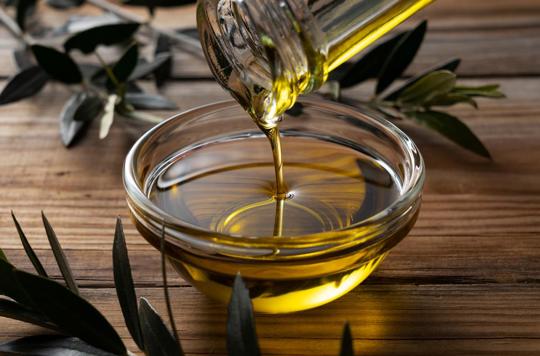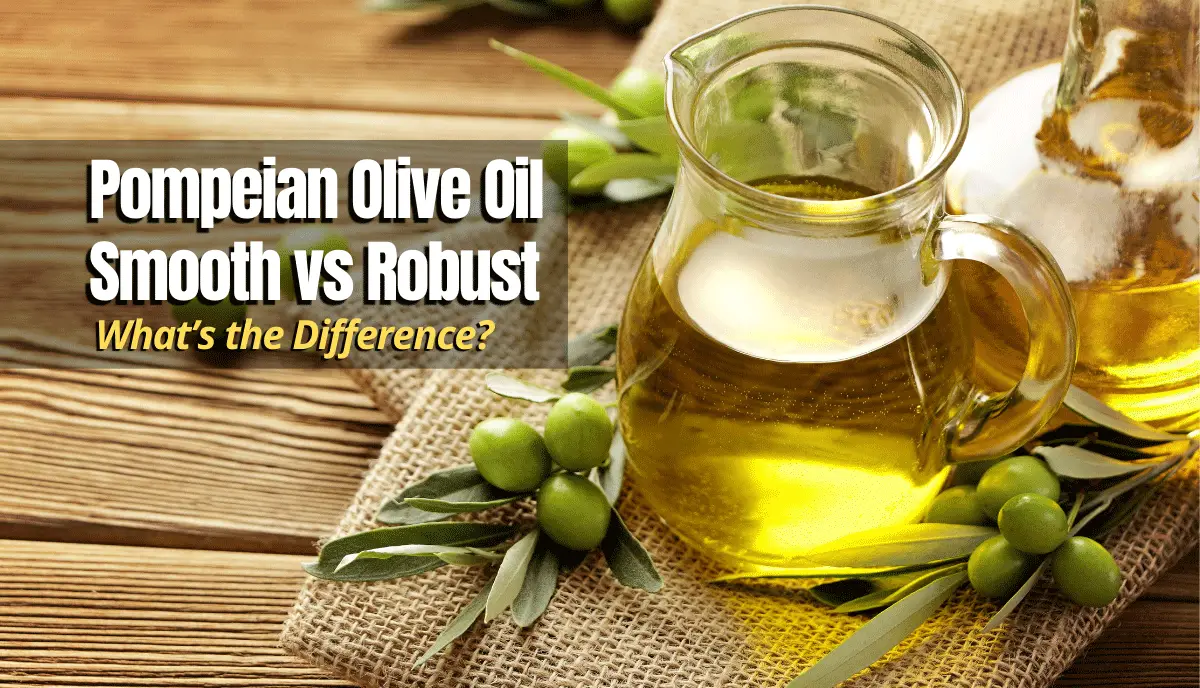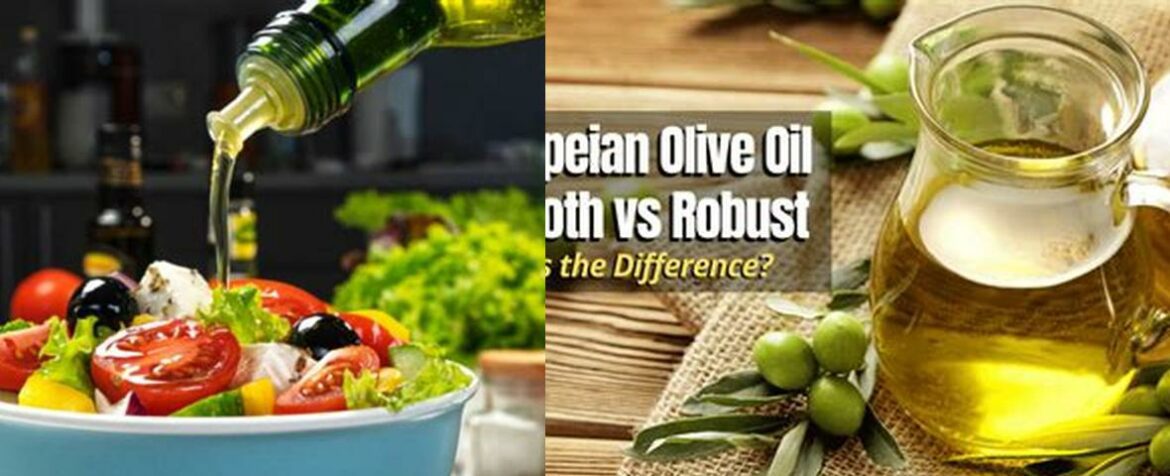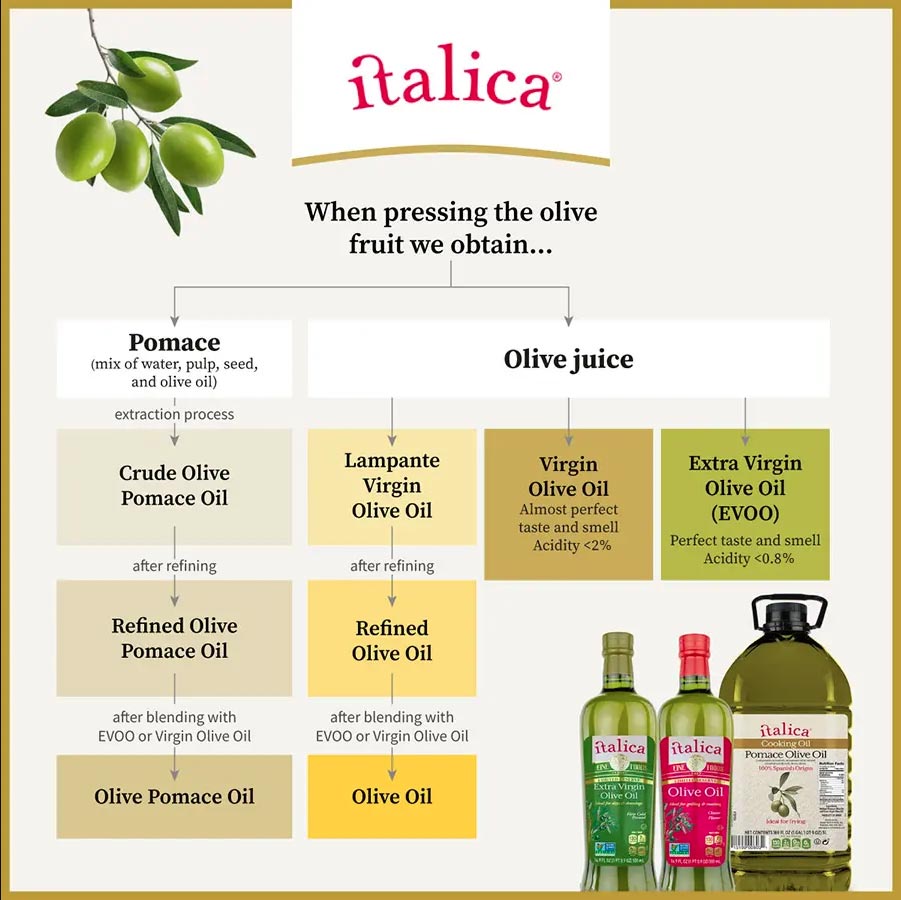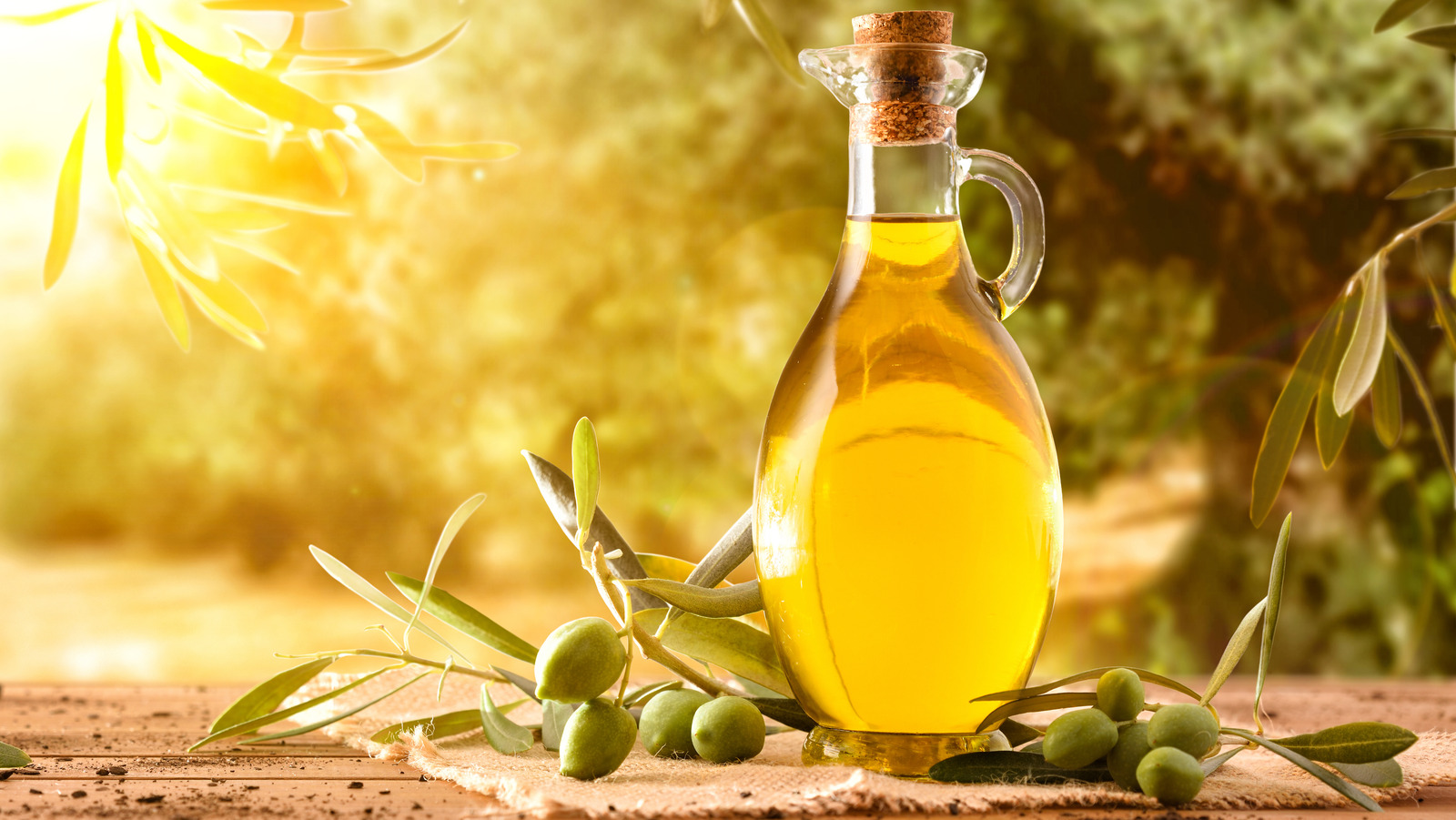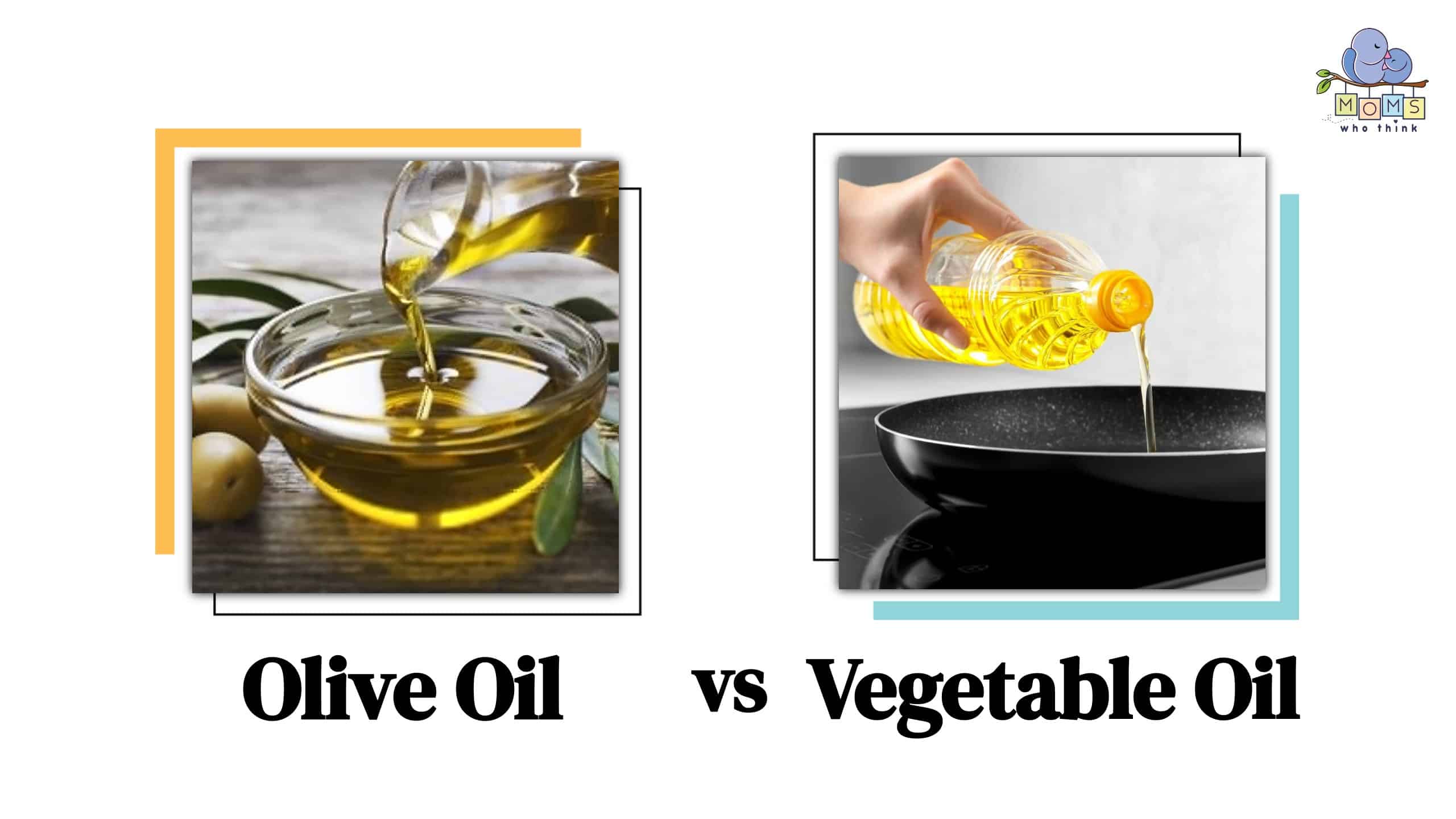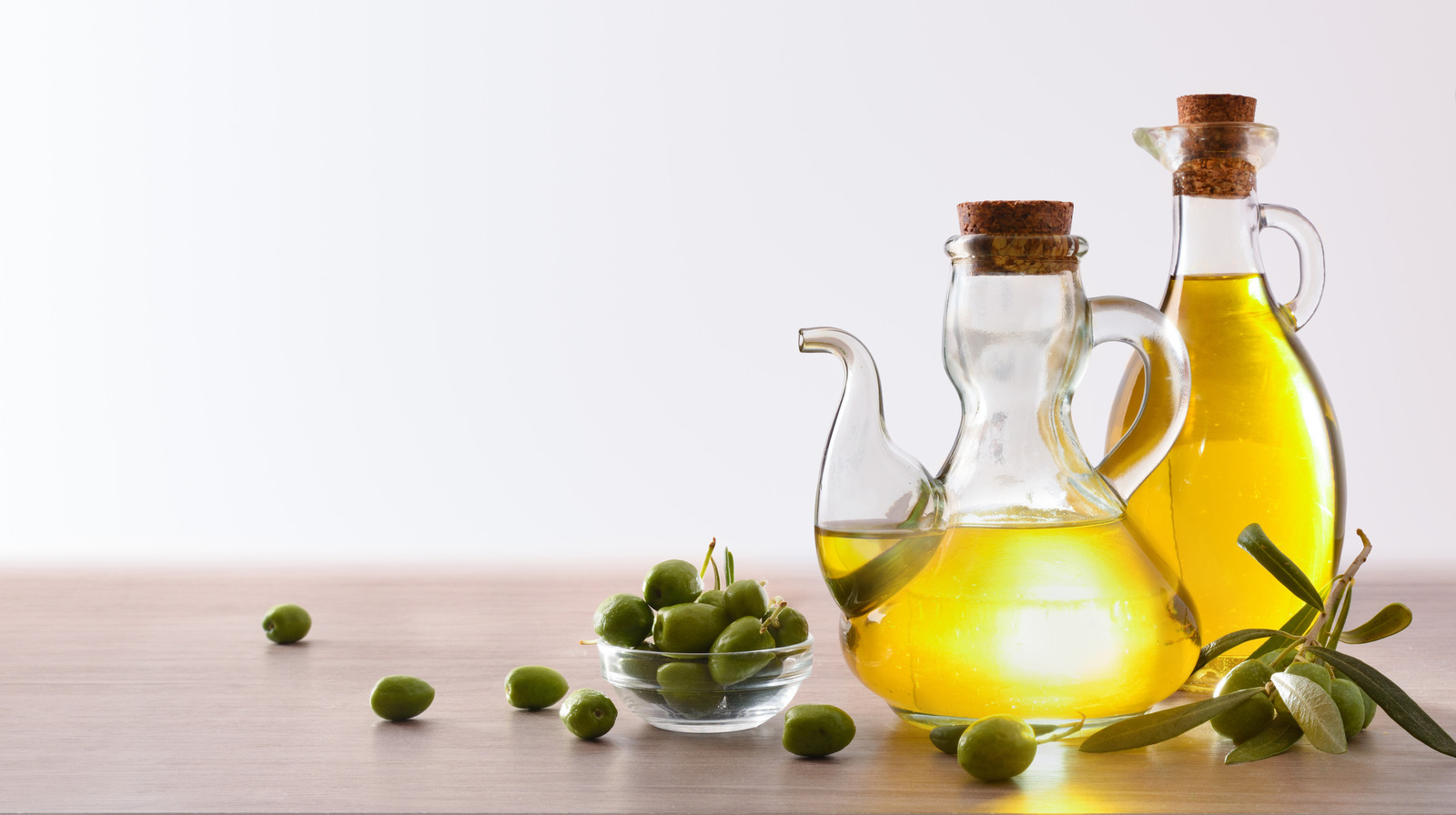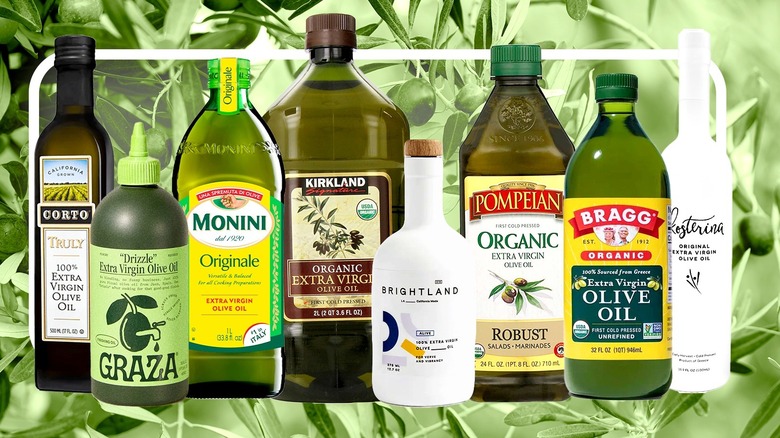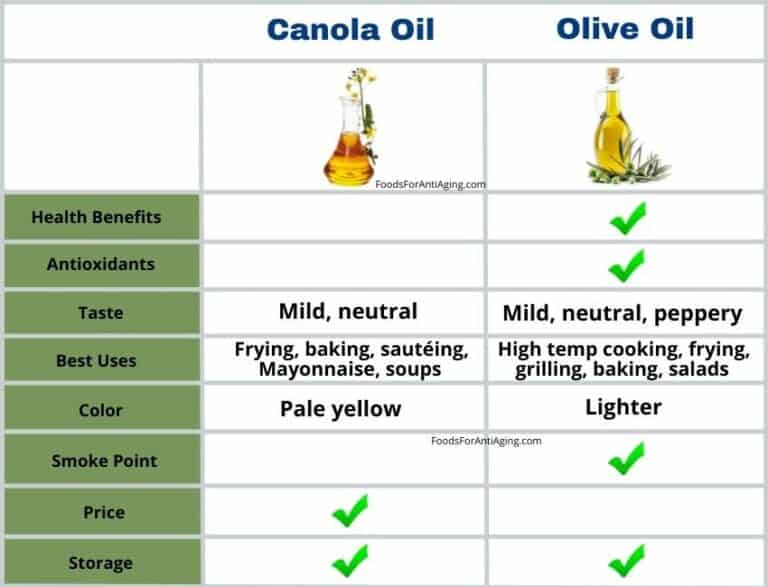Difference Between Smooth And Robust Olive Oil

Olive oil aisles are more complex than ever. Consumers are increasingly confused about terms like "smooth" and "robust," hindering informed purchasing decisions.
This report cuts through the marketing jargon. It explains the critical differences between smooth and robust olive oils, empowering you to choose the right oil for your needs.
Understanding Olive Oil Characteristics
The character of olive oil is dictated by several factors. These include olive variety, ripeness at harvest, and processing methods.
These factors influence the oil's flavor profile, intensity, and chemical composition.
Smooth Olive Oil: A Gentle Flavor
Smooth olive oils are characterized by their mild, delicate flavor. They often exhibit buttery or fruity notes, with minimal bitterness or pepperiness.
These oils are typically made from olives harvested later in the season. This provides a higher oil yield and a milder flavor profile.
Smooth olive oils are often made from cultivars like Arbequina or Koroneiki olives.
Robust Olive Oil: A Bold Experience
Robust olive oils offer a more intense and complex flavor experience. Expect a pronounced bitterness, pepperiness, and a grassy or herbaceous aroma.
These oils are often made from olives harvested earlier in the season. The yield may be lower, but the flavor and antioxidant content are significantly higher.
Common cultivars for robust oils include Picual and Coratina olives.
Key Differences Explained
The most significant difference lies in the polyphenol content. Polyphenols are antioxidants that contribute to both flavor and health benefits.
Robust oils have considerably higher polyphenol levels than smooth oils.
Another difference is the level of oleic acid. Oleic acid is a monounsaturated fatty acid linked to heart health benefits. While both types of oils contain oleic acid, robust oils tend to have a higher percentage.
Flavor intensity is another distinguishing factor. Smooth oils are mild and subtle, while robust oils are bold and assertive.
Applications in Cooking
Smooth olive oils are ideal for delicate dishes. They enhance flavors without overpowering them.
Consider using them for salad dressings, baking, or drizzling over fish or vegetables.
Robust olive oils are best suited for dishes where their bold flavor can shine. They are ideal for dipping bread, finishing grilled meats, or flavoring hearty stews.
They also pair well with spicy foods, complementing and balancing the heat.
Health Benefits: Polyphenols Matter
The higher polyphenol content of robust olive oils translates to greater potential health benefits. Polyphenols are potent antioxidants with anti-inflammatory properties.
Research suggests that they may protect against chronic diseases like heart disease and cancer. According to a study published in the Journal of Agricultural and Food Chemistry, early harvest olive oils have up to four times the polyphenol content of late harvest oils.
However, both smooth and robust olive oils are healthy choices. They both contain monounsaturated fats, which are beneficial for heart health.
Decoding Labels and Avoiding Misleading Information
Be wary of terms like "light" or "extra light" olive oil. These terms refer to flavor and color, not calorie content. They are often highly processed and offer minimal health benefits.
Look for labels that specify the olive variety and harvest date. This provides valuable information about the oil's characteristics.
Pay attention to the certification. Certifications like the COOC (California Olive Oil Council) seal ensure that the oil meets specific quality standards.
Consumer Confusion and Market Trends
Consumer confusion surrounding olive oil terms is a significant challenge. Misleading marketing practices contribute to this confusion.
The increasing demand for healthy and flavorful oils is driving the popularity of robust olive oils. Consumers are increasingly seeking out oils with a strong flavor and high polyphenol content.
The global olive oil market is projected to reach $16.7 billion by 2028. This is according to a report by Fortune Business Insights, driven by increased health awareness.
Next Steps and Ongoing Developments
The industry needs greater transparency and standardization in labeling practices. This will help consumers make informed choices.
Ongoing research continues to explore the health benefits of various olive oil compounds. Scientists are focused on identifying specific polyphenols and their effects on human health.
Consumers are encouraged to sample different olive oils and discover their personal preferences. Experiment with different varieties and flavor profiles to find the perfect oil for your needs.
